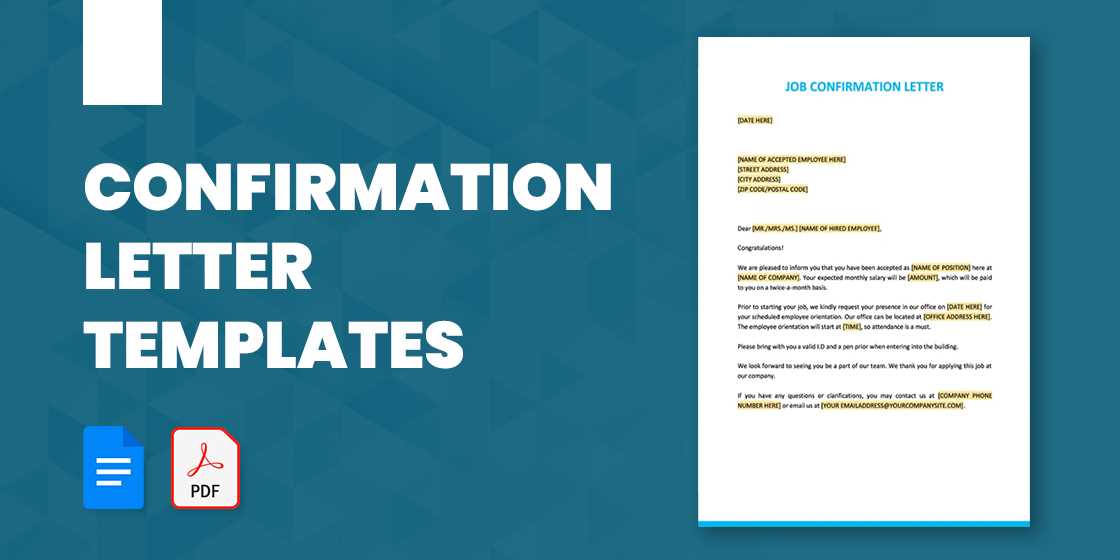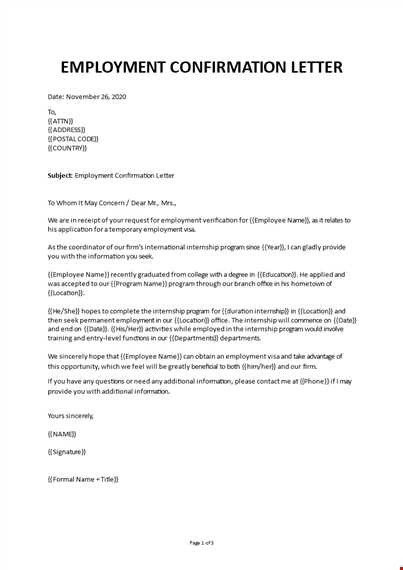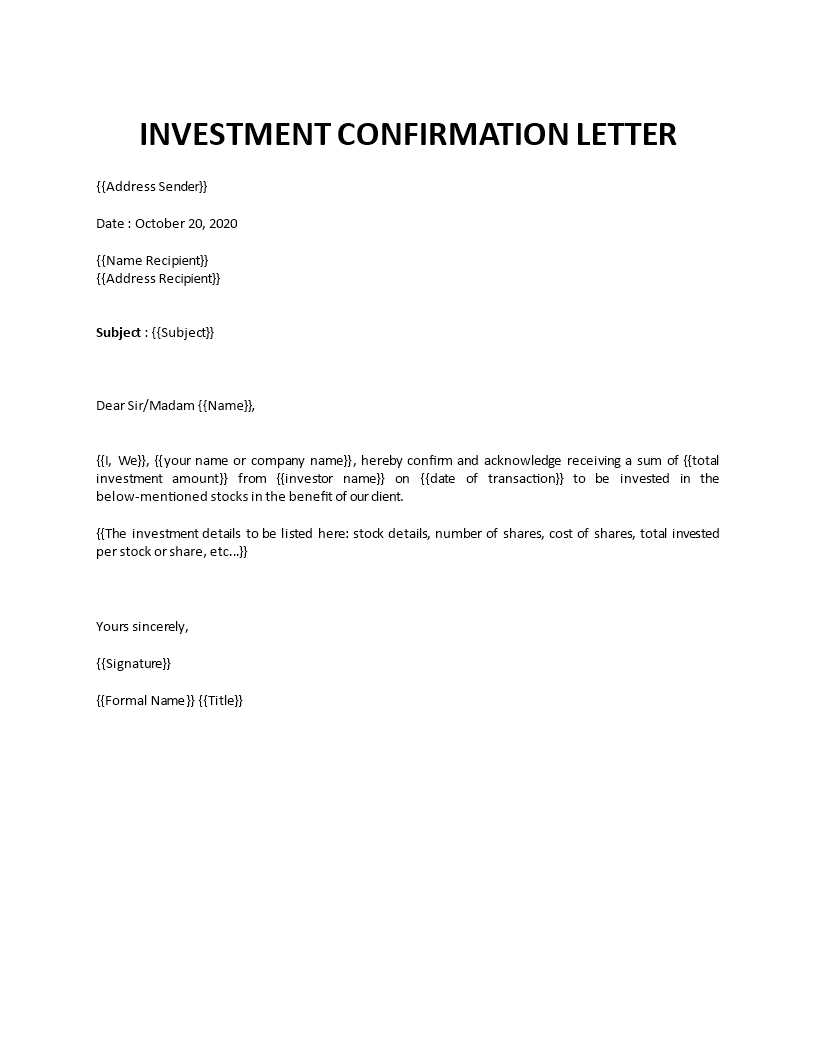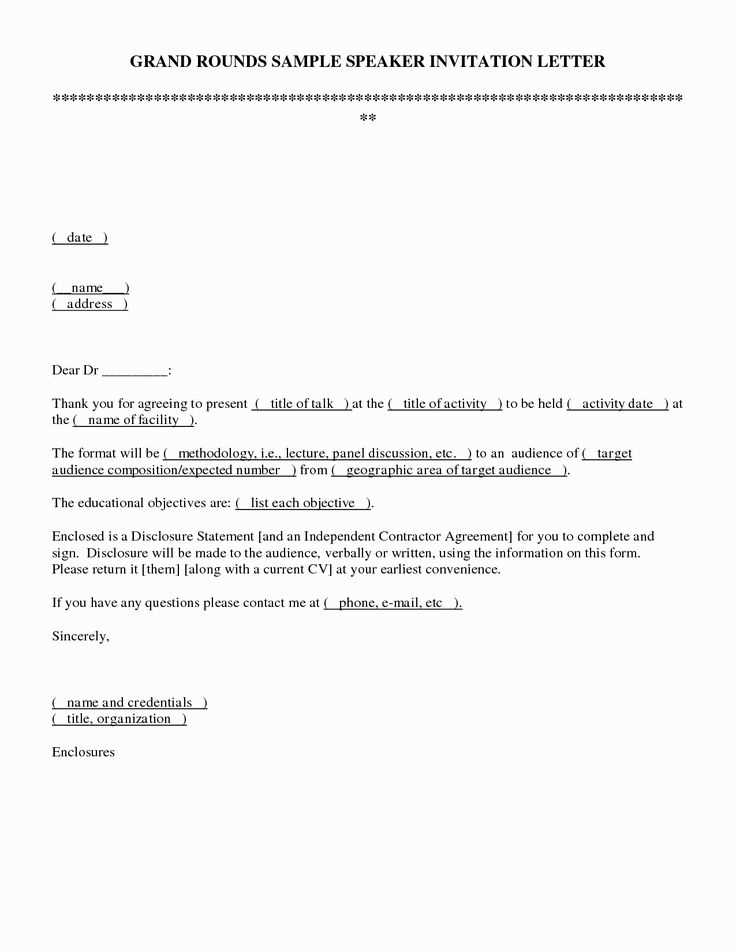Speaker Confirmation Letter Template for Event Participation

Confirming involvement in an event is an essential step for both organizers and presenters. A well-crafted document outlining the agreement ensures clarity and sets expectations, offering both parties confidence moving forward. This correspondence typically confirms key details, including time, place, and any specific responsibilities associated with the event.
Core Aspects of a Confirmation Document

The message should convey professionalism, incorporating key facts in a clear and concise manner. Below are the crucial components to include:
- Event Details: Clearly outline the date, time, and location.
- Participant Expectations: Briefly explain the role or tasks involved.
- Logistical Information: Any travel or accommodation specifics, if applicable.
- Contact Information: Provide relevant contacts for follow-up questions.
Customizing the Message
Personalization of the content adds a layer of attention and care, which enhances the relationship between the organizer and the individual. Tailoring the message to address specific points discussed with the recipient can reinforce commitment and ensure no confusion arises regarding the expectations.
Avoiding Common Mistakes

Errors in these types of communications can lead to confusion or misalignment. Double-check that the details are accurate, especially regarding event specifics and role assignments. Ensure the tone remains formal yet friendly, avoiding overly casual language or ambiguous phrasing.
When to Send the Document

Timing is crucial in maintaining professionalism. Sending this confirmation well in advance gives the recipient ample time to prepare. Ideally, it should be delivered shortly after the initial agreement or invitation, ensuring both parties have enough time to address any issues before the event takes place.
Importance of Formal Event Participation Documentation
Formal documentation of event participation plays a significant role in ensuring both organizers and participants are aligned on expectations and responsibilities. A clear and concise written communication helps in avoiding misunderstandings and provides a reference point for all involved parties. It ensures that the key details, including roles, schedule, and logistics, are agreed upon and understood well in advance.
Key Aspects to Include in the Document
When drafting this type of communication, it is essential to include the following key elements:
- Event Details: Specify the exact date, time, and venue.
- Responsibilities: Outline the individual’s duties or contributions during the event.
- Logistics: Include any necessary travel, accommodation, or other organizational details.
- Contact Information: Provide clear contact details for follow-up and inquiries.
Personalizing the Message for Better Engagement
Personalization can greatly enhance the quality of communication, making it more meaningful. Tailoring the message to the specific individual, addressing past conversations or agreements, and acknowledging their role can foster a sense of importance and appreciation. Personal touches show attentiveness and can lead to stronger, more professional relationships.
Moreover, avoid common pitfalls such as vague wording, unnecessary complexity, or mistakes in the event’s information. Ensuring accuracy in the document’s content and tone will help maintain professionalism and clarity.
Sending the communication at the right time is also crucial. Aim to dispatch it early, allowing sufficient time for the recipient to review and prepare accordingly. An advanced notice allows both parties to adjust and confirm any additional details without last-minute pressure.